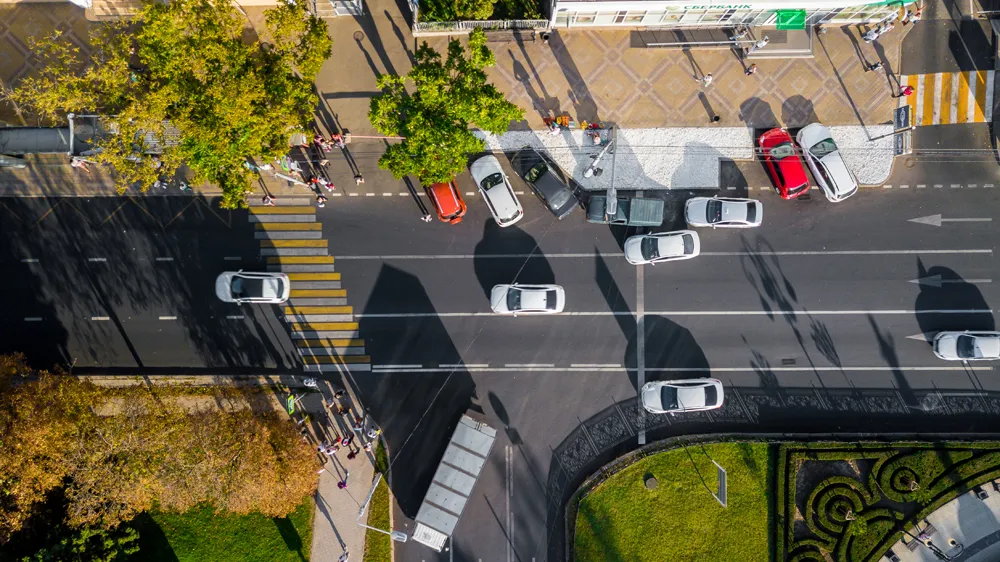Routine inspections are carried out on all bridges every two years to ensure they are safe for public use. Traditionally, inspection work requires traffic management to allow inspectors to safely carry out works at height and over water, causing disruption to the public and road users. The use of drones to review the condition of a bridge reduces potential health and safety risks, as well as dramatically reducing costs, disruption and inconvenience to members of the public by removing the need for traffic management.
Operated by one of Balfour Beatty’s six Civil Aviation Authority licensed drone pilots, each drone is fitted with recording equipment to allow the workforce on the ground to review the condition of the bridge once filming is completed. To make sure the drone is operated safely, a second camera is used to film the drone in action, with an assistant reviewing the safety parameters around the drone in real-time.
The drones are also fitted with protective floats to enable them to safely land on water if required, as well as a GPS system to prevent them flying into ‘no fly zones’, such as airport space, without permission.
UK council trials drone technology for bridge inspections
West Sussex County Council in the UK, in partnership with Balfour Beatty Living Places, has begun trialling the use of drones to inspect bridges across the county. Trials have so far been carried out on two bridges, resulting, they say, in around US$10,000 (£8,000) of savings compared to traditional inspections. Routine inspections are carried out on all bridges every two years to ensure they are safe for public use. Traditionally, inspection work requires traffic management to allow inspectors to safely ca
May 12, 2017
Read time: 2 mins
West Sussex County Council in the UK, in partnership with 3902 Balfour Beatty Living Places, has begun trialling the use of drones to inspect bridges across the county. Trials have so far been carried out on two bridges, resulting, they say, in around US$10,000 (£8,000) of savings compared to traditional inspections.










